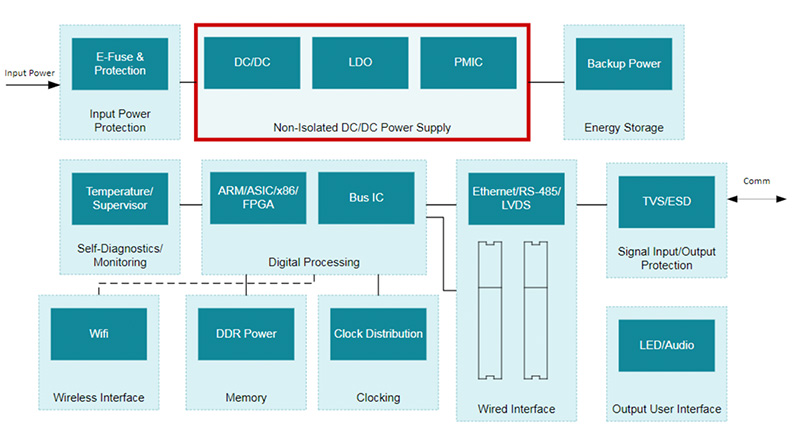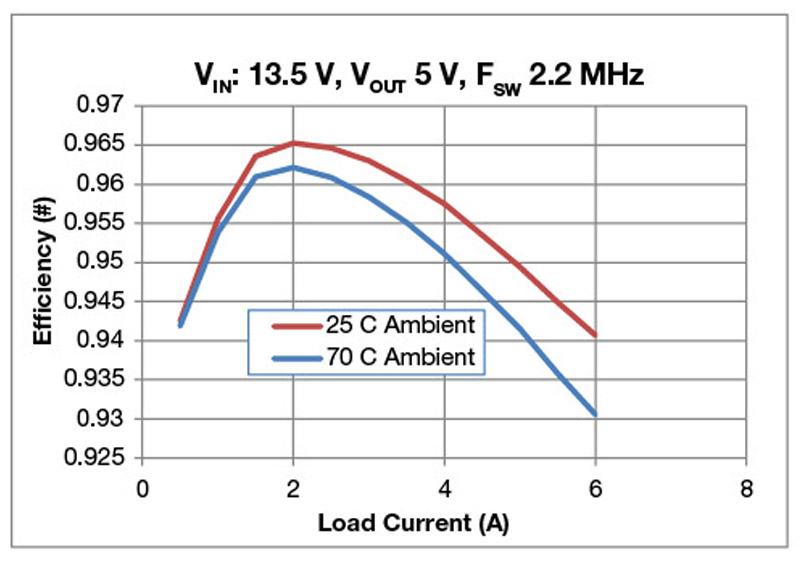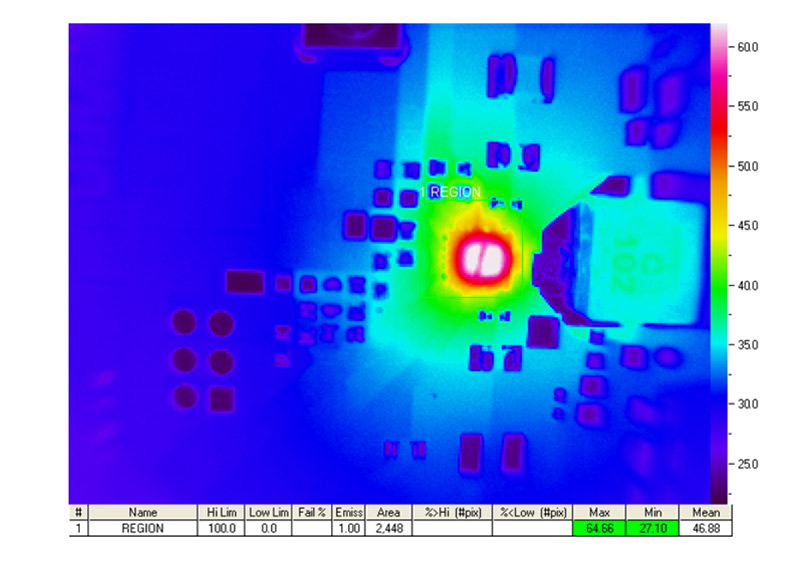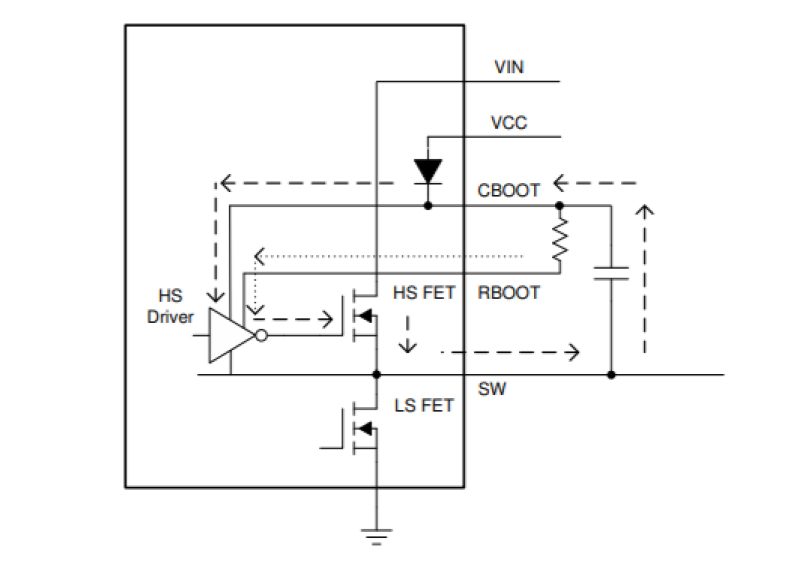SSZT326 february 2020 LM61460
Single-board computers for industrial applications once functioned only as a simple logic controller for handling a human machine interface (HMI), providing various control functions and network communication. Today, single-board computers act as the brain of complex systems used in industrial robotics, machine vision and factory automation.
To deliver the processing required, current-generation single-board computers contain 16 core central processing units (CPUs), 256 GB of Double Date Rate 4 memory, multiple 10 Gigabit Ethernet and USB ports, digital I/O and the Serial Advanced Technology Attachment interface. Next-generation systems also include field-programmable gate arrays, graphics processing units and application-specific integrated circuits capable of running artificial intelligence and machine learning algorithms for things such as voice control, object recognition, predictive maintenance and process optimization.
All of this processing power is not sitting cool and comfy in a data center. A CPU must run reliably 24/7 in the harsh environment of a manufacturing line or chemical processing facility. The increased processing requirements of the single-board computer, along with the need for high reliability in harsh environments, create new challenges for power management. Power consumption in a high-performance single-board computer can easily reach 25 W and beyond. Ambient operating temperatures can reach 85˚C with little to no air cooling. Small form factors require multilevel printed circuit board (PCB) stacking, which adds up to high thermal stress and noise susceptibility. Therefore, any power solution you choose can’t make thermal loading any worse.
Thankfully, semiconductor process and package technologies have advanced to address the power-management needs of high-performance industrial single-board computers. If you’re designing power solutions for high-performance processing applications operating in harsh environments, you need converters that minimize heat dissipation, radiated noise and solution size to enable higher reliability and reduced system cost. Figure 1 is a block diagram of a high-performance CPU board for robotic system control.
 Figure 1 Block diagram for
high-performance CPU board for robotic system control
Figure 1 Block diagram for
high-performance CPU board for robotic system controlPower-management challenges
Industrial applications like factory automation and control, robotics and motor drives use a power- supply unit (PSU) that distributes a 24-V bus to power components in a system like the CPU board. The output of this PSU ranges between 10 V and 32 V under various operating conditions. Add to that the occasional transient voltage spike, and you need a DC/DC converter that operates up to 36 V and can handle transients without affecting reliability.
The high-performance CPU and logic circuitry typically operate from 5 V or 3.3 V and consume 20 W to 30 W of power. One converter you may wish to consider is TI’s LM61460, which converts the 24-V nominal input to the logic-level supply voltage, and accepts input voltages from 3.0 V to 36 V with 42-V transients.
Thermal challenges
Heat is a major challenge in any high-performance computing application. The power-management solution cannot degrade the system’s thermal operating range. Figure 2 shows the typical efficiency curve for the LM61460. Its peak efficiency above 93% at full load dramatically reduces the heat contribution from the DC/DC converter.
 Figure 2 Efficiency chart for the
LM61460
Figure 2 Efficiency chart for the
LM61460Figure 3 shows the thermal image of the LM61460 while operating under full load conditions. A measured PCB-to-ambient thermal coefficient of 19.7°/W results in a low PCB temperature rise due to the DC/DC solution. High conversion efficiency minimizes convection heat.
 Figure 3 A thermal image of the LM61460
shows a 37˚C temperature rise at full load and a PCB-to-ambient thermal
coefficient of 19.7˚C/W
Figure 3 A thermal image of the LM61460
shows a 37˚C temperature rise at full load and a PCB-to-ambient thermal
coefficient of 19.7˚C/WElectromagnetic interference and noise challenges
High-performance digital systems are noise-sensitive. A DC/DC switching power supply can be a significant noise source that can couple into sensitive data lines, resulting in errors. This is because the high transient voltages of the switch node create high-frequency harmonics that can radiate throughout the system. To address that, choose converters that offer noise-minimizing features.
 Figure 4 Slew-rate control feature using RBOOT to control the drive strength
Figure 4 Slew-rate control feature using RBOOT to control the drive strengthDesigning a high-performance CPU board to meet the processing requirements of today’s factory automation and control systems is challenging. Advanced processing capabilities drive the need for higher output power, while the increase in power drives the need for more efficient power-supply solutions. Thermal and electromagnetic interference issues can cause a functional design to fail, sending designers back to the drawing board. To avoid these problems, consider using high VIN, quiet DC/DC converters like the LM61460.
Additional resources
- To learn how you can further improve the reliability of your designs, read the application note, "IC package features lead to higher reliability in demanding automotive and communications equipment systems."